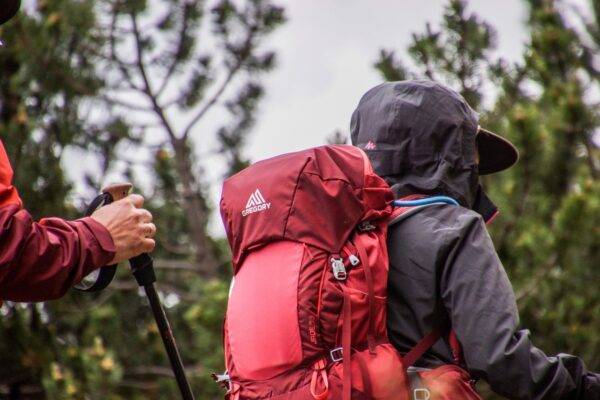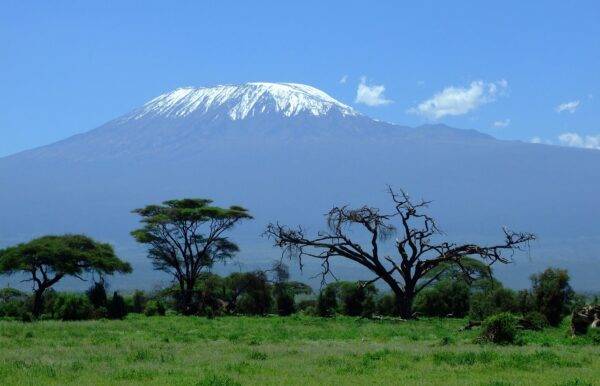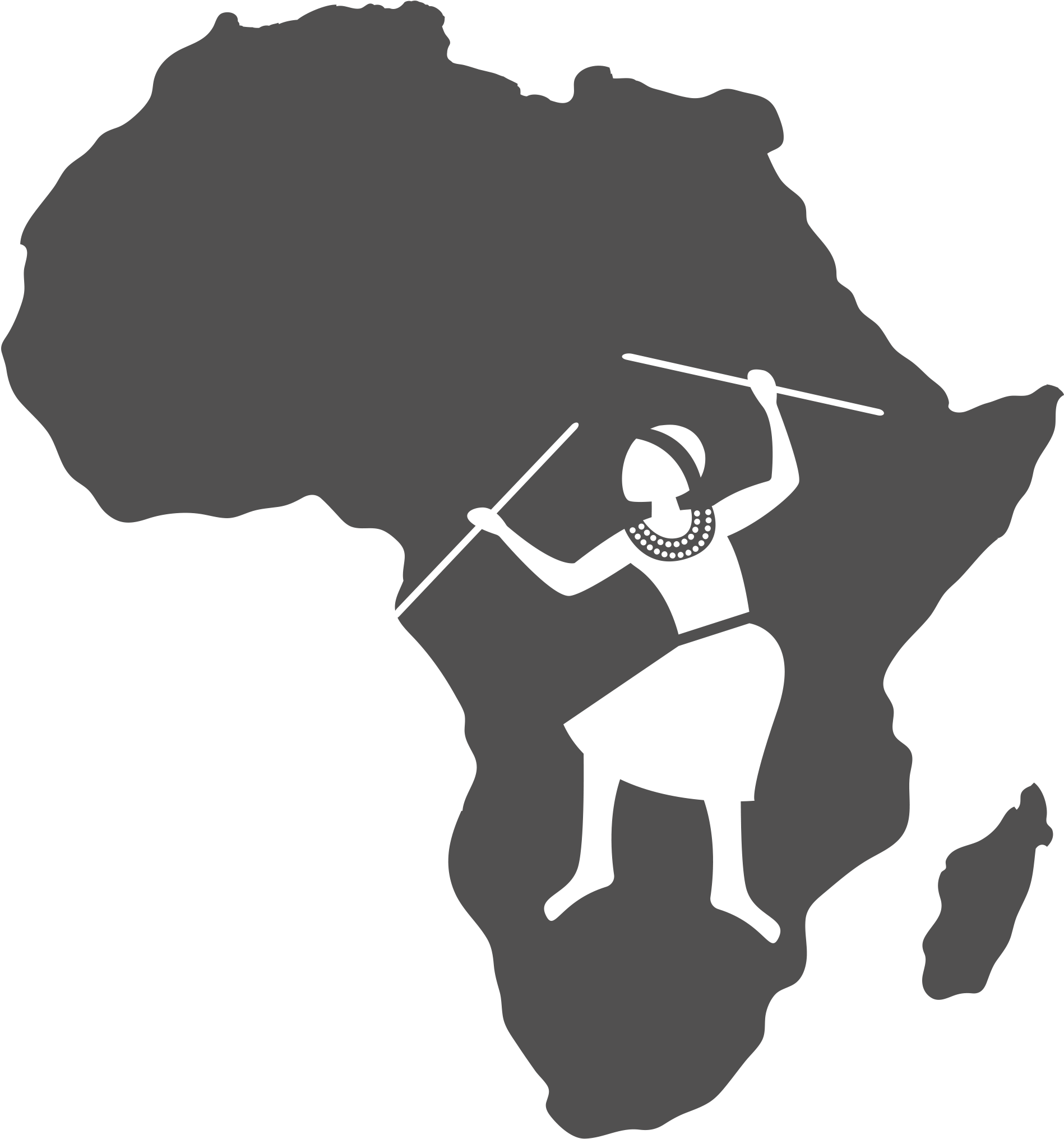Frequently Asked Questions
Climbing Kilimanjaro is recommended for January-February or August-September, but the best time to climb it is during the dry months of December to mid-March and mid-June. These months are best known for their clear skies, great views, little-to-no rain, and the sunshine. Climbing in March or October is the best hedge to avoid both crowds and foul weather.
Kilimanjaro can be climbed at any time of the year, but certain months are more dangerous than others due to the changing weather. April and November are the main rainy seasons, making the trails more dangerous.
The most important details about the seven established Mount Kilimanjaro routes which lead to the summit are the Northern Circuit Route, Lemosho Route, Shira Route, Machame Route, Rongai Route, Marangu Route and Umbwe Route. The winner of the battle depends on what you want, with the highest chance of summiting being the Lemosho route and Machame route over 7 or 8 days. The easiest route to climb is the East, while the best version is the West, with spectacular views and views from all directions. The most scenic route is the Marangu Route (Coca-Cola Route).
The most important details of Mount Kilimanjaro Summit are that it takes five to nine days to reach the summit and then descend to the finish point, and the more days spent on it, the more likely you will successfully summit. It is recommended to take more days to do so, as the altitude is becoming more acclimated and the person will become less fatigued.
Mount Kilimanjaro has a varied weather system that can vary from hot to cold depending on the altitude and time of day. The average temperature at the base is 21-27°C and the night time temperatures can range from 20-20 degrees Fahrenheit (-7-29 degrees Celsius). Hikers need to be prepared for warm, sunny conditions, rain, wind, cold, and snow. As one climbs, the temperatures can vary dramatically, and the mountain is big enough to create its own weather systems, which are influenced by the trade winds that move across the ocean and draw moisture upwards.
The Frequently Asked Questions (FAQ) and Answers provide information on a Nndeeafrika luxury safari to help travelers begin their journey.



